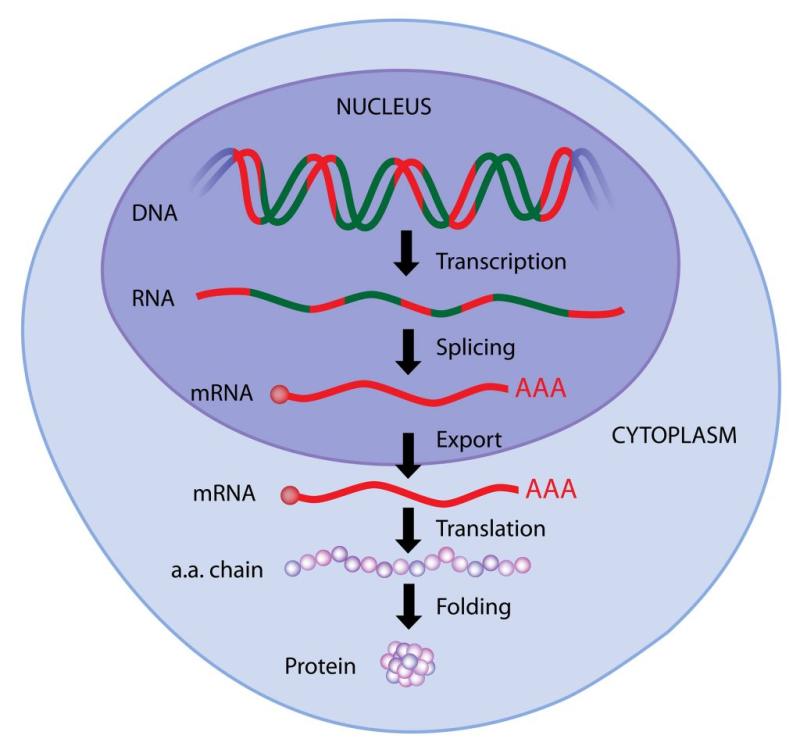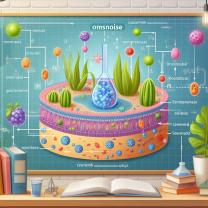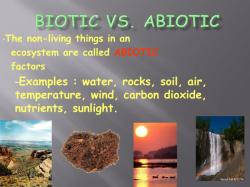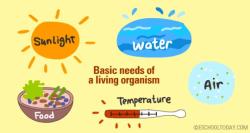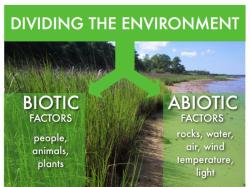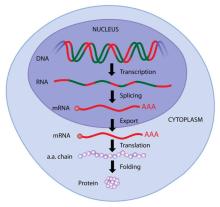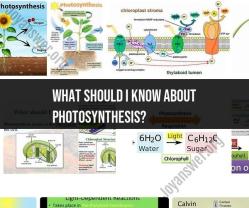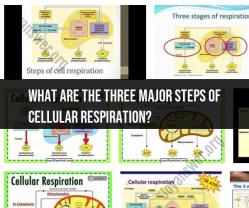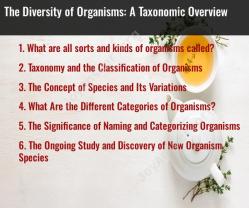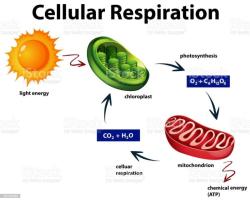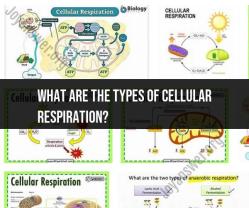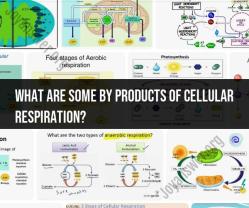What is the process of protein synthesis called?
The process of protein synthesis is called "translation." It's the stage of protein production where the genetic information encoded in mRNA (messenger RNA) is used to assemble a specific sequence of amino acids into a functional protein.
Here's an overview of the steps involved in protein synthesis or translation:
Transcription:
- In the cell's nucleus, the DNA's genetic information is transcribed into mRNA by RNA polymerase.
- This process involves copying a specific gene's sequence from DNA onto an mRNA molecule.
mRNA Processing (in eukaryotic cells):
- In eukaryotic cells, the initial mRNA transcript undergoes modifications like capping, splicing, and polyadenylation to form mature mRNA.
- These modifications help protect the mRNA and regulate its stability and ability to be translated.
Translation:
- The mature mRNA leaves the nucleus and enters the cytoplasm, where the ribosomes, the cellular machinery for protein synthesis, are located.
- Ribosomes attach to the mRNA at the start codon (usually AUG) to initiate translation.
Initiation, Elongation, and Termination:
- Initiation: The ribosome attaches to the mRNA, and the process starts with the recruitment of the first tRNA (transfer RNA) carrying the amino acid methionine.
- Elongation: The ribosome moves along the mRNA, reading the codons and aligning complementary tRNA molecules carrying specific amino acids according to the mRNA sequence. Peptide bonds form between adjacent amino acids, forming a growing polypeptide chain.
- Termination: The ribosome reaches a stop codon (UAA, UAG, or UGA), signaling the end of translation. Release factors bind to the ribosome, causing the completed polypeptide chain to be released.
Protein Folding and Modification:
- After translation, the newly formed polypeptide chain undergoes folding and may undergo post-translational modifications like phosphorylation, glycosylation, or cleavage to become a functional protein.
This complex process of translation involves the coordinated interaction of mRNA, tRNA, ribosomes, and various enzymes and factors to accurately decode the genetic information and synthesize proteins essential for cellular functions.
The Grand Symphony of Life: Protein Synthesis
Protein synthesis is the fundamental process by which cells create proteins, the workhorses of life. It's a complex, multi-stage dance involving different molecules and cellular machinery, all working together in perfect harmony. Let's delve into the secrets of this magnificent symphony:
1. The Stages of Protein Synthesis:
Imagine a protein as a delicious cake. Baking it involves several steps:
- Stage 1: Transcription (DNA to RNA): This is like preheating your oven (the cell). The DNA recipe (genes) is copied into a special messenger molecule called mRNA (think recipe instructions scribbled on a note).
Stage 2: Transport (mRNA to cytoplasm): The mRNA note travels from the cozy DNA library (nucleus) to the bustling kitchen (cytoplasm).
Stage 3: Translation (RNA to protein): Ribosomes, the expert chefs, read the mRNA note, one letter (nucleotide) at a time. Each letter tells them which amino acid (think cake ingredient) to add. As they assemble the amino acids, a long chain of protein starts to form, like rolling out dough and adding toppings.
- Stage 4: Folding and Finishing (Protein refinement): The protein chain, like a freshly baked cake, might need some shaping or adjustments (folding) before it's ready to be served (perform its function). Sometimes, other molecules like sugars or fats are added for a perfect finish.
2. The Key Players:
- DNA: The blueprint, the master recipe book holding all the genetic information.
- RNA: The messenger, carrying the recipe instructions from DNA to the ribosomes.
- Ribosomes: The expert chefs, reading the RNA instructions and assembling the protein chains.
- Amino acids: The individual ingredients, like flour, eggs, and sugar, that are linked together to form the protein.
3. Regulation and Control:
This symphony isn't chaotic; it's tightly controlled! Cells have ways to:
- Turn genes "on" or "off" to adjust protein production based on needs.
- Control the amount of mRNA made for each gene.
- Monitor and regulate the translation process to ensure accurate protein assembly.
4. Implications in Genetics and Cell Biology:
Understanding protein synthesis is crucial because:
- Mutations in genes can disrupt protein production, leading to genetic diseases.
- Protein synthesis errors can cause protein malfunction, impacting cell function and health.
- Studying protein synthesis helps us develop new drugs and therapies targeting specific proteins.
5. In Conclusion:
Protein synthesis is a marvel of cellular biology, a testament to the intricate machinery that keeps life running. From humble ingredients to complex masterpieces, this process is the foundation for all living things, from the simplest bacteria to the most complex human. So next time you take a bite of food or flex your muscles, remember the silent symphony of protein synthesis happening within your cells.
